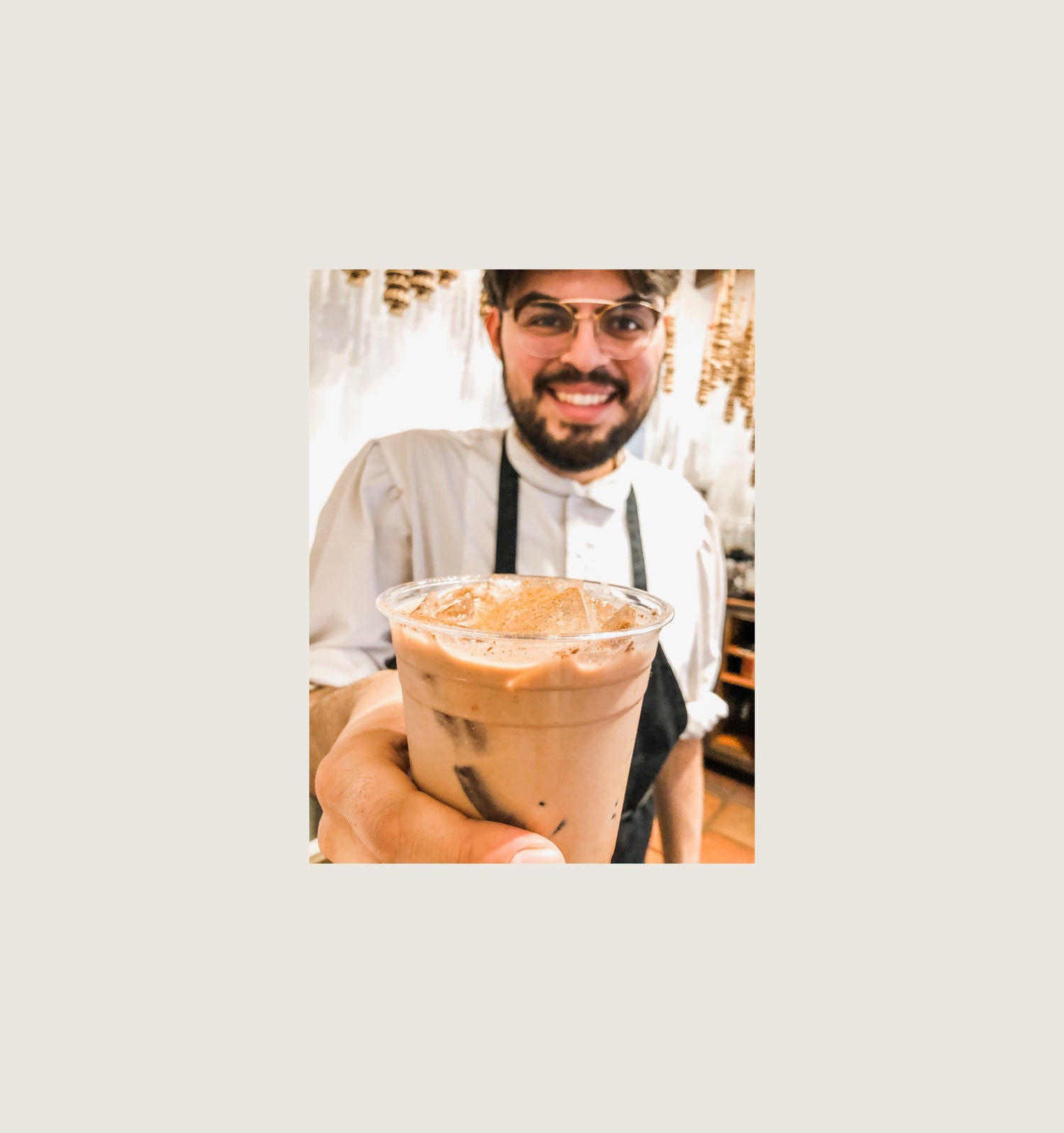
Dear Nibbler,
Due to the recent consumer report article indicating the California’s maximum allowable dose level for lead and cadmium, we have been bombarded with inquiries and questions about where our chocolate stands in relation to these thresholds.
We reached out to our suppliers in search for answers and solutions, we read every article we could find on the topic to understand this issue and we rushed to have our chocolate tested.
We want to reiterate that it has been our greatest intention since we started this company to offer a chocolate that is made with consciousness, love and passion, and we have strived so hard to address all issues that matter to us such as sustainability, health, love for the animals and the environment.
Unfortunately, as business owners, we face challenges and limitations, and we face situations that are out of our control. But as long as we continue striving to improve, then we know we are at least heading in the right direction, and we hope too that you know we are doing the best we can to offer you the best version of our chocolate.

Limiting Factors:
- Cadmium and Lead are naturally occurring in the soil. With volcanic soils tending to have the higher concentration levels. There is little to no control over these factors not only for cacao tress but other types of foods such as leafy vegetables, cereals and bread, potatoes, legumes and nuts, stem/root vegetables, and more. The foods with highest concentrations of of Cadmium are Shellfish, Leafy Greens and Rice. Foods that most of us consume on a regular basis.
- California’s maximum allowable dose level is 0.5 mcg for lead and 4.1 mcg for cadmium. The concentration of levels were determined with extreme caution.
According to the Proposition 65 Maximum Allowable Daily Level (MADL) for Reproductive Toxicity for Cadmium report: “Exposure at a level 1,000 times greater than the MADL is expected to have no observable effect”.
In other words: There is potential harm when you have been consuming 1000 times the MADL every single day. Link to PDF - oehha.ca.gov
In other other words: 4.1mcg/1000 consumed everyday is proven to NOT make you sick.
In our favor:
- At Nibble, we have tested our beans and confirmed that the presence of Cadmium and Lead are well below the levels that could cause any harm.
- The absorption process in our bodies of heavy metals plays a role in how these metals will affect us. According to the CDC, only 6% of ingested Cadmium is absorbed. This absorption level also depends on the presence of important nutrients such as iron and zinc, which ironically, is one of the many healthy components of dark chocolate. Dark chocolate is also packed with antioxidants which help fight and reduce free radicals.
What we do:
- From the beginning, sourcing high quality ingredients has been our top priority. We pay approximately 3X the market price because these beans come from from farms that have the highest standards, are sustainable and are known for their rigorous quality control practices.
- We maintain a strict cleaning regimen for all processing equipment and throughout our facility. We daily inspect and clean machinery, utensils, and surfaces that come into contact with chocolate or other ingredients.
- We store our cocoa beans and other ingredients in clean, controlled environments and use appropriate packaging materials that do not introduce heavy metals into the chocolate.
- We have started testing our chocolate to continuously strive to improve these levels and be able to be as transparent as possible and provide our customers with accurate information.

Recommendations:
We recognize that various risk factors mean different things to each individual. What is important to us may not be important to someone else. There are millions of risk factors out there that have to do with things we do daily: exercising and maybe getting hurt, getting on an airplane that might fall down, or crossing the street and getting hit by a car, or of course: eating foods that might make us sick.
For this reason we created a recommendation list for those who want to use extra caution when eating their chocolate, because we understand that the risk factors will vary from person to person and according to each individual health risks.
The recommendations below are based on the MADL and NOT considering the X 1000 factor mentioned earlier.
These recommendations are based on tests done on high percentage chocolates. It can be assumed that for the same cacao at a lower percentage the recommended serving per day will be higher as there will be less cocoa present.
We are in the process of testing our 72%, inclusion and vegan milk chocolates and will add the recommendations below when the results are ready.
- Nibble Brazil 85% - No more than 2.5 servings per day
- Nibble Madagascar 85% - No more than 2.5 servings per day
- Nibble Dominican 85% - No more than 2.5 servings per day
- Rad 85% - No more than 1/4 serving per day
- Nibble Peru 85% - No more than 1 serving per day
- Mexico 70% - No more than 1 servings per day
We hope to have provided enough information to help you make a decision and please reach out to us for any additional lingering questions or concerns.
With love!
The Nibble Team
